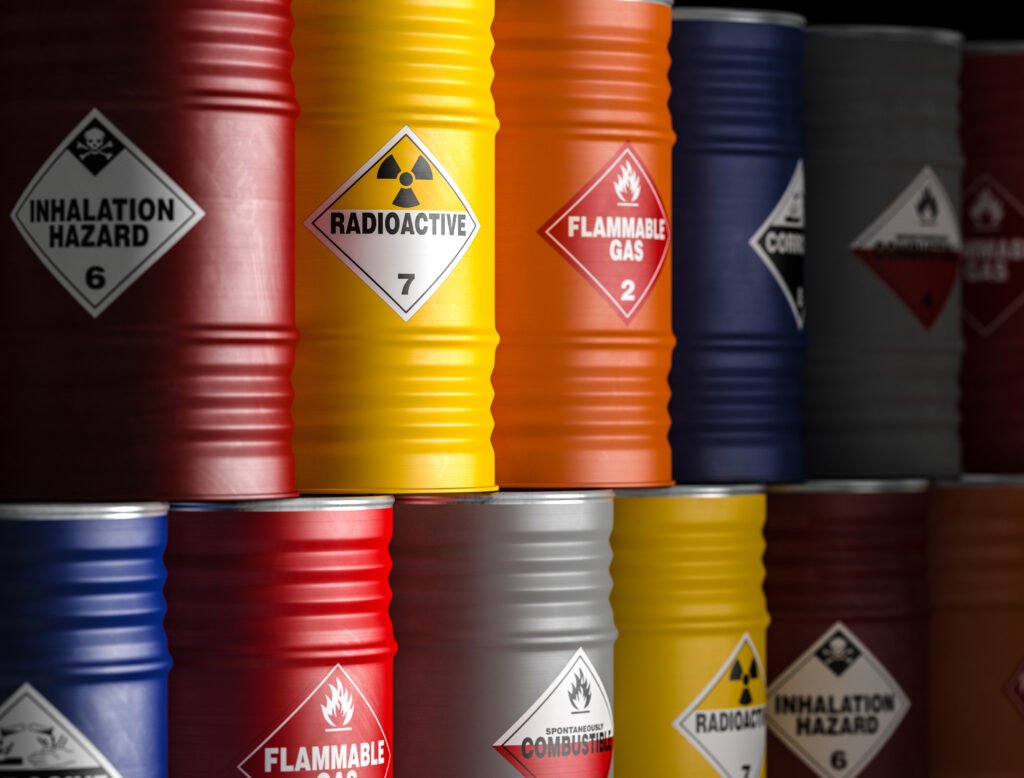On January 18, 2021, the Ministry of Health, Labor, and Welfare (MHLW) released the interim report in the title. The following section focuses on the contents that are likely to have a significant impact on the compliance of businesses. In addition to the contents below, many other items are required of businesses, and since this is only an interim report, there are also items to be discussed in the future. For details, please refer to the interim report itself.
A discussion of the main points of interest regarding the new requirements that will be placed on businesses.
- Review of the chemical substance regulation system (shift to regulations based on autonomous management)
| Until now | The government conducts risk assessments of substances with high toxicity (especially carcinogenicity), adds them to the list of substances subject to the Ordinance on the Prevention of Hazards due to Specified Chemical Substances, etc., and the government establishes specific laws and regulations for measures to be taken to prevent exposure. |
| From now on | The government will establish control standards for exposure concentrations, etc., and develop and expand the system for communicating information on hazards and harmfulness, and businesses will conduct risk assessments based on this information and select and implement measures to be taken to prevent exposure on their own in principle (“autonomous control” or “autonomous management”). Also, the government will continue to prepare and update model labels and SDSs for GHS classified hazardous substances. |
- GHS unclassified substances
As one of the measures to materialize the above review, all substances classified as “GHS classified hazardous”, which are classified as hazardous or harmful as a result of GHS classification by the government, shall be subject to labeling and SDS delivery obligations (Article 57 and 57-2 of the Health and Safety Law), and shall be required to conduct a risk assessment based on information on hazard and harmfulness, and to take measures based on the results. and implementation of measures based on the results. The expansion of the list of substances to be covered will be done in order of priority, with priority given to the following:
- Chemicals with a high classification of hazard (priority is given to those with high carcinogenicity (IARC Group 1, 2A, and 2B), followed by those with a high classification of other hazards)
- Chemical substances that have caused industrial accidents in the past
- Chemical substances with a large amount of import and production in Japan.
- Chemical substances with high exposure risk, such as those with high vapor pressure.
- Clarification of the scope of products for general consumers that are excluded from the labeling obligation, etc.
- Addition of items to be included in SDS, obligatory periodic updating, and expansion of delivery methods.
 Interim Report on Management of Chemical Substances in Workplace
Interim Report on Management of Chemical Substances in Workplace 

























